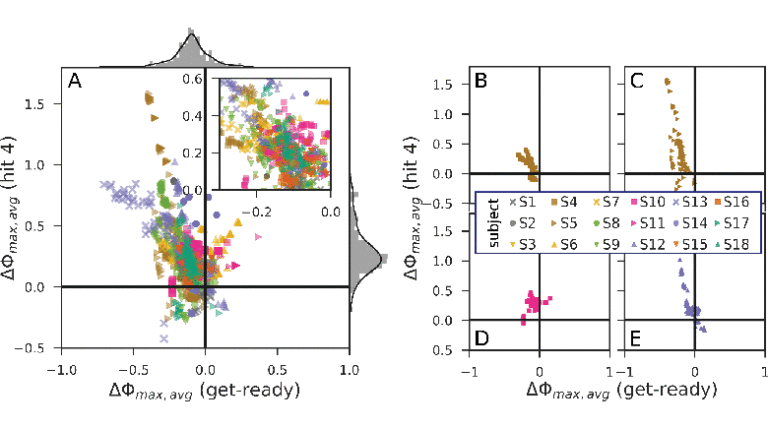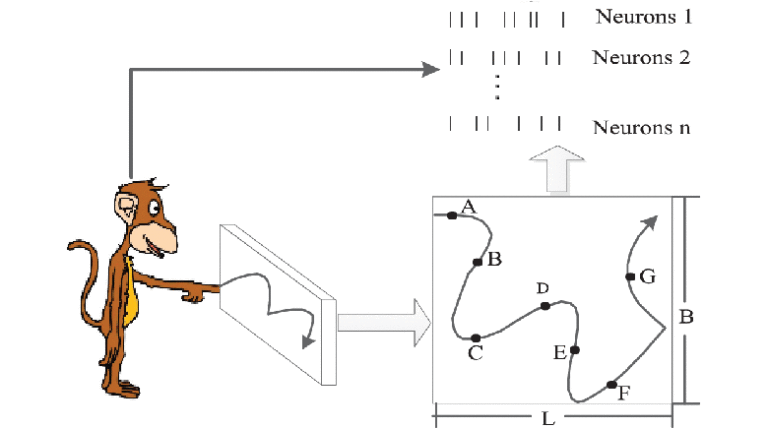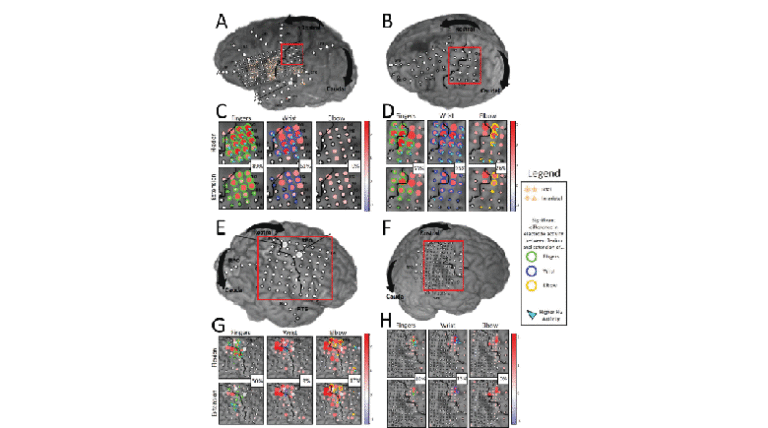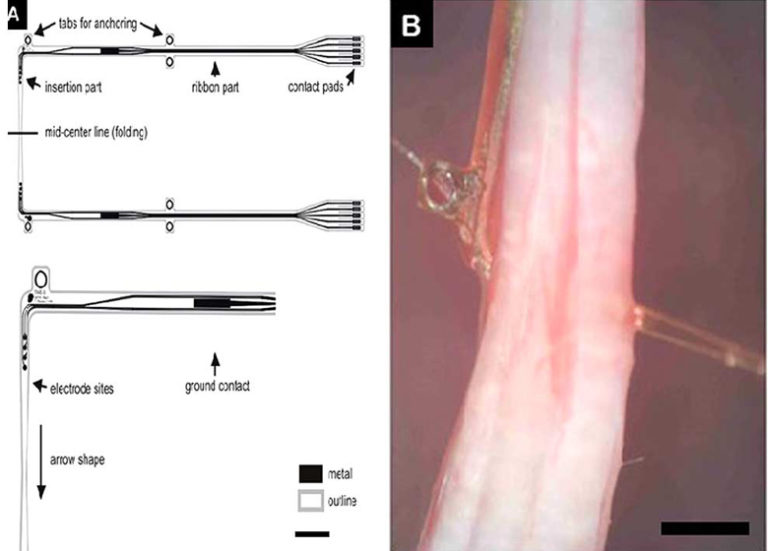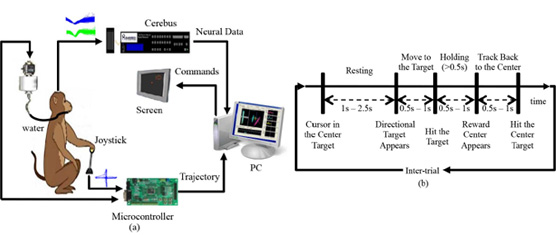Non-parametric regression has been shown to be useful in extracting relevant features from Local Field Potential (LFP) signals for decoding motor intentions. Yet, in many instances, brain-computer interfaces (BCIs) rely…
read moreData-driven spatial filtering algorithms optimize scores, such as the contrast between two conditions to extract oscillatory brain signal components. Most machine learning approaches for the filter estimation, however, disregard…
read moreIn this paper, we study how to use the number of spike signals in a macaque’s motor cortex to estimate the position of its finger movement. First, we analyze…
read moreBrain–machine interface (BMI) researchers have traditionally focused on modeling endpoint reaching tasks to provide the control of neurally driven prosthetic arms. Most previous research has focused on achieving an…
read moreThe selection of suitable peripheral nerve electrodes for biomedical applications implies a trade-off between invasiveness and selectivity. The optimal design should provide the highest selectivity for targeting a large number…
read moreAbstract Reinforcement learning (RL)-based brain machine interfaces (BMIs) enable the user to learn from the environment through interactions to complete the task without desired signals, which is promising for clinical applications. Previous studies exploited…
read more
